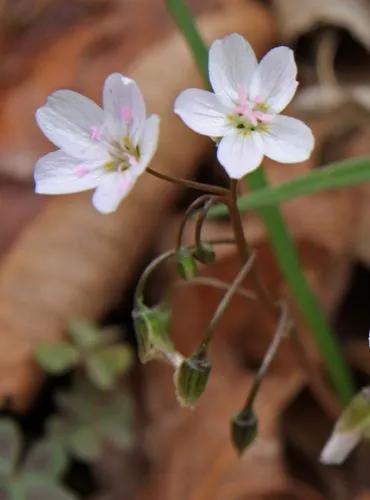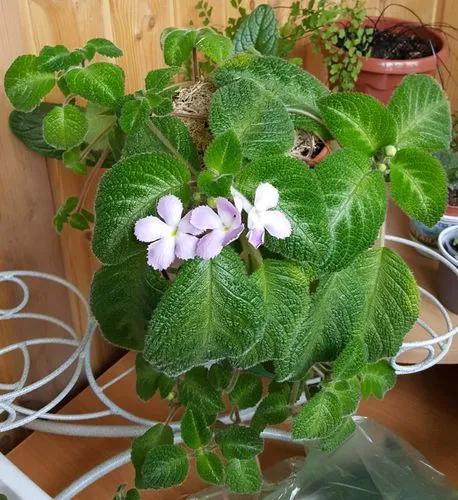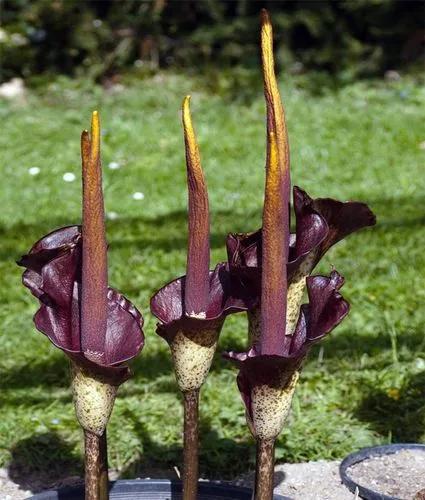Valeriana officinalis, commonly called garden heliotrope, common valerian or all-heal, is a clumping perennial with scented leaves, stems, flowers and roots. It is native to Europe and western Asia, but has escaped gardens and locally naturalized in the northern U. S. and Canada. It typically grows in damp locations, but also can be found in drier soils. It often naturalizes along roads or in fields. It typically grows to 3-5' (less frequently to 6') tall, featuring a clump of deeply lobed basal foliage from which rise tall, slender, sparsely-leaved stems topped in June-July by highly fragrant, salverform, white to pale pink flowers in branched panicles (cymes to 2-4" wide). Leaves are odd-pinnate, each leaf having 7-10 pairs (plus terminal) of toothed, lance-shaped leaflets. Leaves are aromatic when bruised. Strong-smelling roots yield the drug valerian which has been used for many years in herbal medicines for treating a large number of problems including anxiety, restlessness and insomnia. Extracts have also been used in perfumes, herbal teas and for flavoring in a variety of food products. Plants are cultivated in Europe today for producing an over-the-counter tranquilizer.
Valerian Care
Valeriana Officinalis



Invasive in Connecticut and Wisconsin.
How to Care for the Plant

Water

Valerian needs a consistent amount of light moisture to thrive.

Pruning

This plant has a tendency to reseed itself and spread, so trimming the spent flowers before they go to seed will help prevent it from becoming invasive.

Fertilizer

To prevent the roots of your valerian plants from becoming excessively large it is best to avoid a standard NPK fertilizer and opt for one that is rich in nitrogen.

Sunlight

Valerian is not super-sensitive to bright sunlight and can cope in a full sun position. Selecting somewhere where it has access to afternoon sun in a partial sun situation, however, will help it thrive.

Soil

Valerian will grow in most soil types and textures as long as there is good drainage, but it prefers a sandy loam. It tends to grow wild in grasslands and meadows. Clay soils may not have the drainage necessary to keep the plants consistently moist, so adding compost will help.

Temperature

Valerian is very cold hardy and will survive harsh winter conditions. The plants die back in winter and emerge again in spring.

Popularity

436 people already have this plant 109 people have added this plant to their wishlists
Discover more plants with the list below
Related articles






